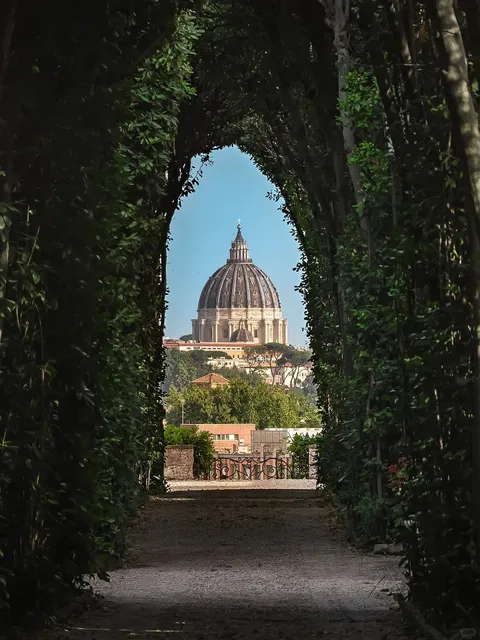Castel Sant'Angelo things to do, attractions, restaurants, events info and trip planning
Basic Info
Castel Sant'Angelo
Lungotevere Castello, 50, 00193 Roma RM, Italy
4.7(34.1K)
Open 24 hours
Save
spot
spot
Ratings & Description
Info
Cultural
Scenic
Family friendly
Accessibility
attractions: Parco della Mole Adriana, St. Angelo Bridge, Castel Sant'Angelo, Terrazzo dell'Angelo, Ponte Vittorio Emanuele II, Passetto di Borgo, Parrocchia Santuario di Santa Maria in Traspontina, Museum Leonardo Da Vinci Experience, Piazza Navona, Boat Tour in Rome, restaurants: Caffetteria Ristorante Castel Sant’Angelo, Terrazza Tevere, Borghiciana Pastificio Artigianale, O'Pazzariello, Bar Nero Caffé, Da Romolo alla Mole Adriana, il Baretto Rome, Locanda dell'Angelo Ristorante Pizzeria Braceria, Margot - Ristorante Prati, Hostaria Da Cesare Bottega Storica dal 1921
 Learn more insights from Wanderboat AI.
Learn more insights from Wanderboat AI.Phone
+39 06 681 9111
Website
beniculturali.it
Plan your stay

Pet-friendly Hotels in Rome
Find a cozy hotel nearby and make it a full experience.

Affordable Hotels in Rome
Find a cozy hotel nearby and make it a full experience.

The Coolest Hotels You Haven't Heard Of (Yet)
Find a cozy hotel nearby and make it a full experience.

Trending Stays Worth the Hype in Rome
Find a cozy hotel nearby and make it a full experience.
Reviews
Nearby attractions of Castel Sant'Angelo
Parco della Mole Adriana
St. Angelo Bridge
Castel Sant'Angelo
Terrazzo dell'Angelo
Ponte Vittorio Emanuele II
Passetto di Borgo
Parrocchia Santuario di Santa Maria in Traspontina
Museum Leonardo Da Vinci Experience
Piazza Navona
Boat Tour in Rome
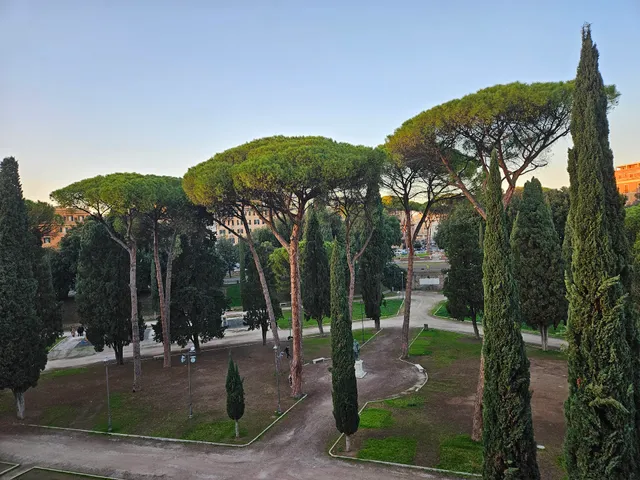
Parco della Mole Adriana
4.6
(10.9K)
Closed
Click for details
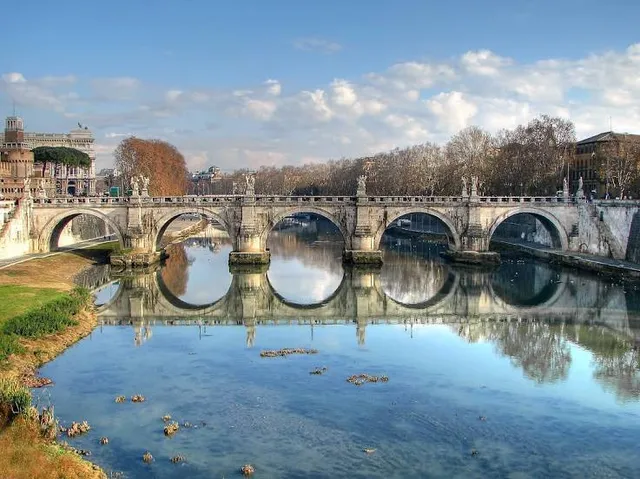
St. Angelo Bridge
4.7
(9.5K)
Open 24 hours
Click for details
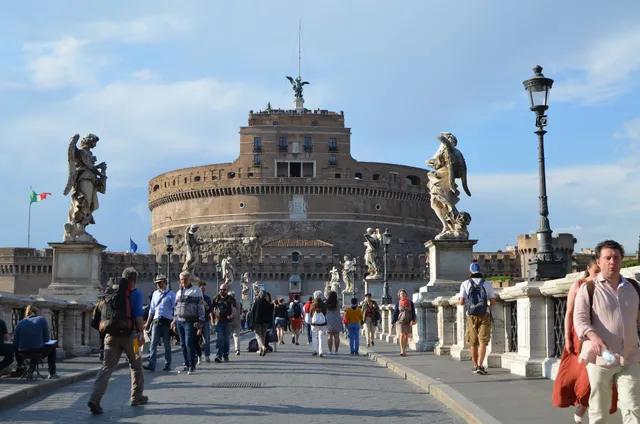
Castel Sant'Angelo
4.7
(121)
Closed
Click for details
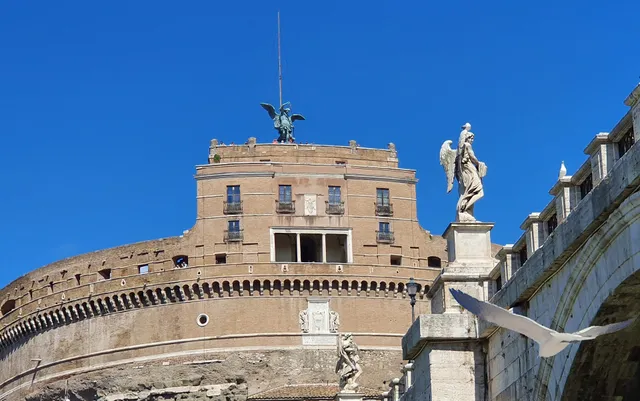
Terrazzo dell'Angelo
4.8
(39)
Open 24 hours
Click for details
Things to do nearby

Pasta and Pizza cooking class with wine and more
Sat, Dec 27 • 5:45 PM
00142, Rome, Lazio, Italy
View details
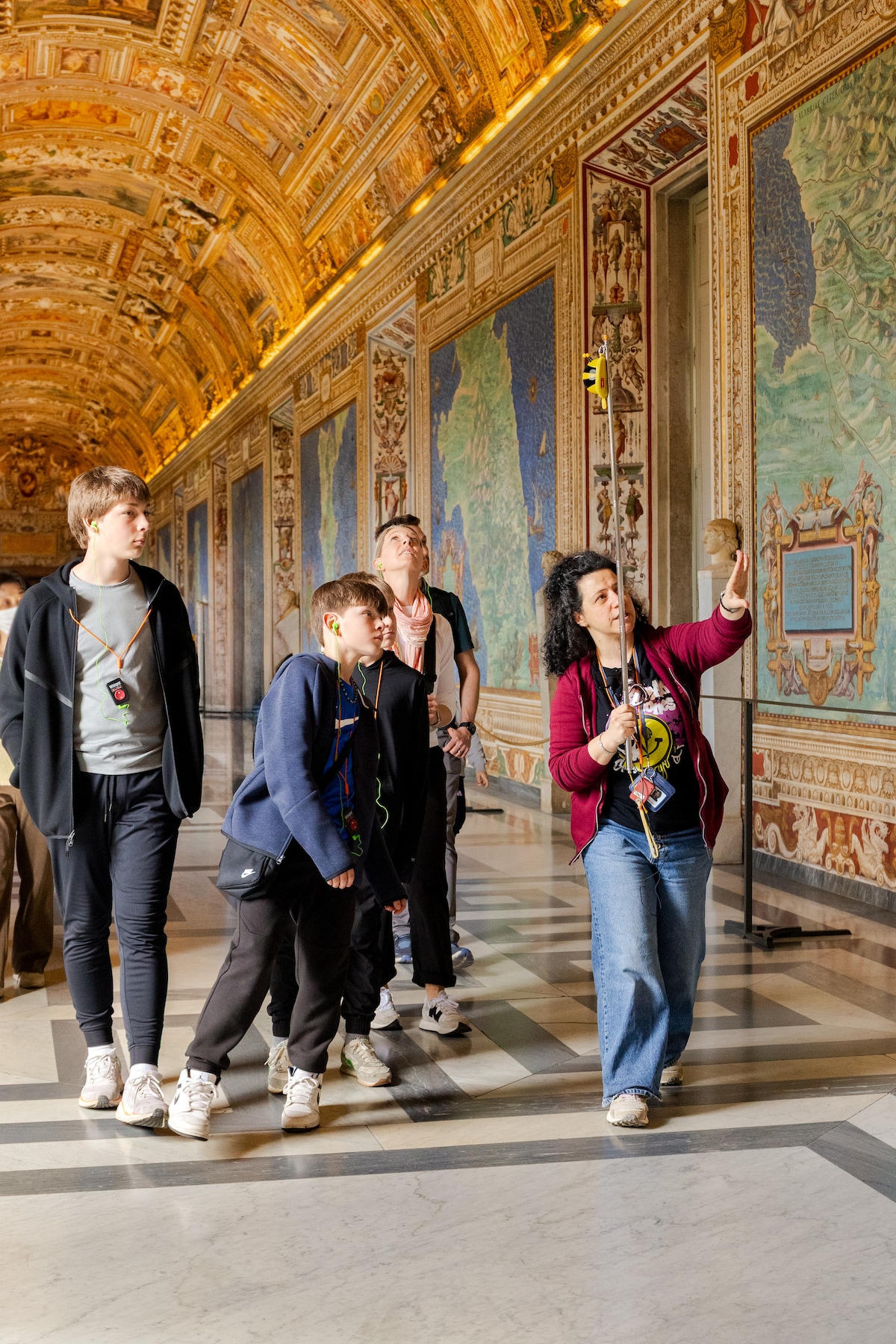
See behind-the-scenes at the Vatican
Mon, Dec 29 • 9:30 AM
00192, Rome, Lazio, Italy
View details

Pastamania in Rome
Fri, Dec 26 • 12:00 PM
00186, Rome, Lazio, Italy
View details
Nearby restaurants of Castel Sant'Angelo
Caffetteria Ristorante Castel Sant’Angelo
Terrazza Tevere
Borghiciana Pastificio Artigianale
O'Pazzariello
Bar Nero Caffé
Da Romolo alla Mole Adriana
il Baretto Rome
Locanda dell'Angelo Ristorante Pizzeria Braceria
Margot - Ristorante Prati
Hostaria Da Cesare Bottega Storica dal 1921
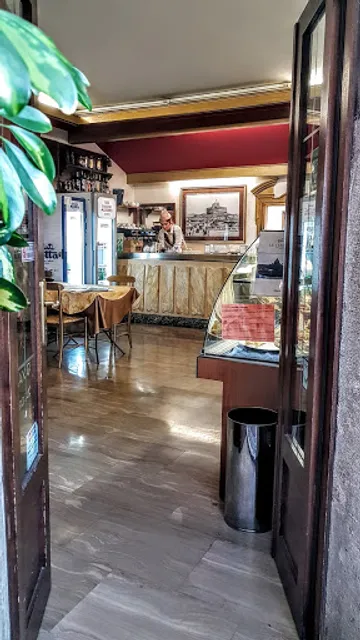
Caffetteria Ristorante Castel Sant’Angelo
3.8
(183)
Click for details
Terrazza Tevere
4.6
(760)
$
Click for details
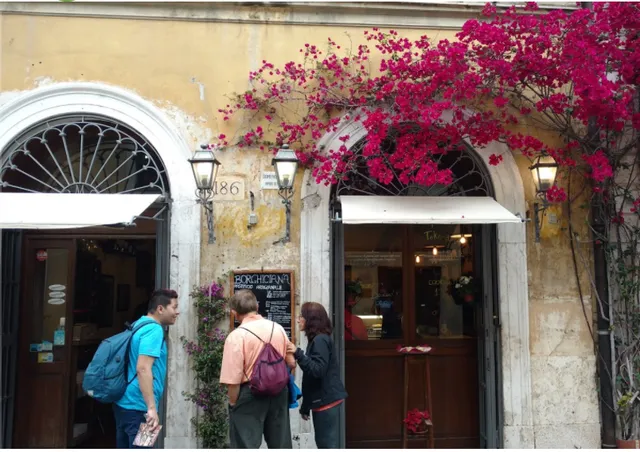
Borghiciana Pastificio Artigianale
4.7
(2.1K)
$$
Click for details
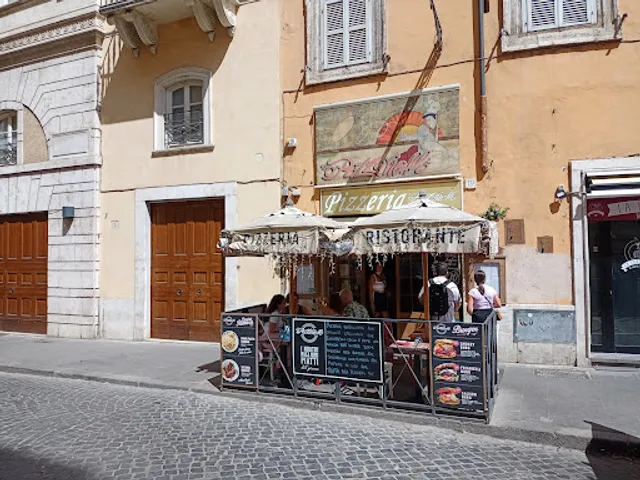
O'Pazzariello
4.4
(1.8K)
Click for details
The hit list

Plan your trip with Wanderboat
Welcome to Wanderboat AI, your AI search for local Eats and Fun, designed to help you explore your city and the world with ease.
Powered by Wanderboat AI trip planner.





